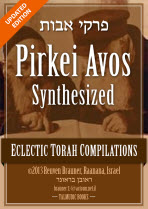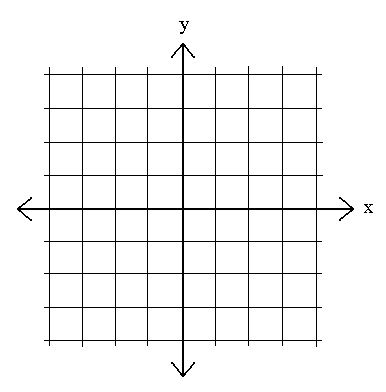 Update: Tim Tebow did not merit eternal life with the Jets. See this report, "Noisy Courtship, Quiet Breakup - Jets Dump Tebow" on the NYTimes.com
Update: Tim Tebow did not merit eternal life with the Jets. See this report, "Noisy Courtship, Quiet Breakup - Jets Dump Tebow" on the NYTimes.comThe Times ran a lengthy article about Tebow, when he entered the NFL and struggled as a QB: "In Tebow Debate, a Clash of Faith and Football". Tebow was still over the top in his religious ostentation, almost Pharisaic in it, dare we use the term. And the Times used this instance to open a much needed discussion of religion and sports.
The Daily News added:

In 2009 we wrote: This week Tim Tebow has on some new verses, Hebrews 12:1-2 -- rubbing his religion on his face and in our faces again. This blogger is one Hebrew who opposes such public religious pronouncements on the field of sport, as sponsored by a state university, see below...
We have the greatest respect for Florida quarterback Tim Tebow as an athlete and as a humanitarian. He sets a great example for all of us.
Just one tiny little thing Tim. You had inscribed for all of us to see during the championship game last year in the black glare block under your eyes the reference to "John" under one eye and "3:16" under the other.
 We know you mean this to be an affirmation of your faith. But, Tim the verse is a bit of a put down to us Jews.
We know you mean this to be an affirmation of your faith. But, Tim the verse is a bit of a put down to us Jews.The implication of that New Testament verse you cite on your face is that we who do not believe in Jesus will perish and will not have eternal life.
For God so loved the world that he gave his one and only Son, that whoever believes in him shall not perish but have eternal life.That Bible text does not include us to say the least.
So how about next time considering another reference to wear under both your eyes during a nationally televised game?
How about Deuteronomy 6:4 -- just to even things out?
By the way, we still think you are great.
//updated repost//






 No and yes.
No and yes. 
 In 2011 we published an article, "In Search Of The Logic Of Judaism: From Talmudic Chaos To Halakhic Linearity," which you can download and read from the link
In 2011 we published an article, "In Search Of The Logic Of Judaism: From Talmudic Chaos To Halakhic Linearity," which you can download and read from the link 
 In politics a "bully pulpit" is considered to be a good thing. In the synagogue, mosque or church a "bully in the pulpit" is not a good thing.
In politics a "bully pulpit" is considered to be a good thing. In the synagogue, mosque or church a "bully in the pulpit" is not a good thing. At the breakfast at the Park East Synagogue this morning in honor of my dad's yahrzeit I spoke briefly about the dimensions of the immortality of his soul. I explained that by observing the mourning customs and reciting Kaddish for the soul of the departed, we seek immortality on its behalf in heaven above and on earth as part of the eternal Jewish people. Last month I summarized my thoughts on this process as follows below.
At the breakfast at the Park East Synagogue this morning in honor of my dad's yahrzeit I spoke briefly about the dimensions of the immortality of his soul. I explained that by observing the mourning customs and reciting Kaddish for the soul of the departed, we seek immortality on its behalf in heaven above and on earth as part of the eternal Jewish people. Last month I summarized my thoughts on this process as follows below.








 Just in time for Yom Kippur....Wait. It's not Yom Kippur. It's springtime.
Just in time for Yom Kippur....Wait. It's not Yom Kippur. It's springtime.
 After you die, your digital soul will live on - all the data in your Google and other accounts. That material contains personal and impersonal captures of aspects of your consciousness - what some creative social scientists might try figuratively to label as parts of your "soul".
After you die, your digital soul will live on - all the data in your Google and other accounts. That material contains personal and impersonal captures of aspects of your consciousness - what some creative social scientists might try figuratively to label as parts of your "soul". The integrity and value of social networks and of commercial product and service reviews depends on the authenticity of the content.
The integrity and value of social networks and of commercial product and service reviews depends on the authenticity of the content. 
